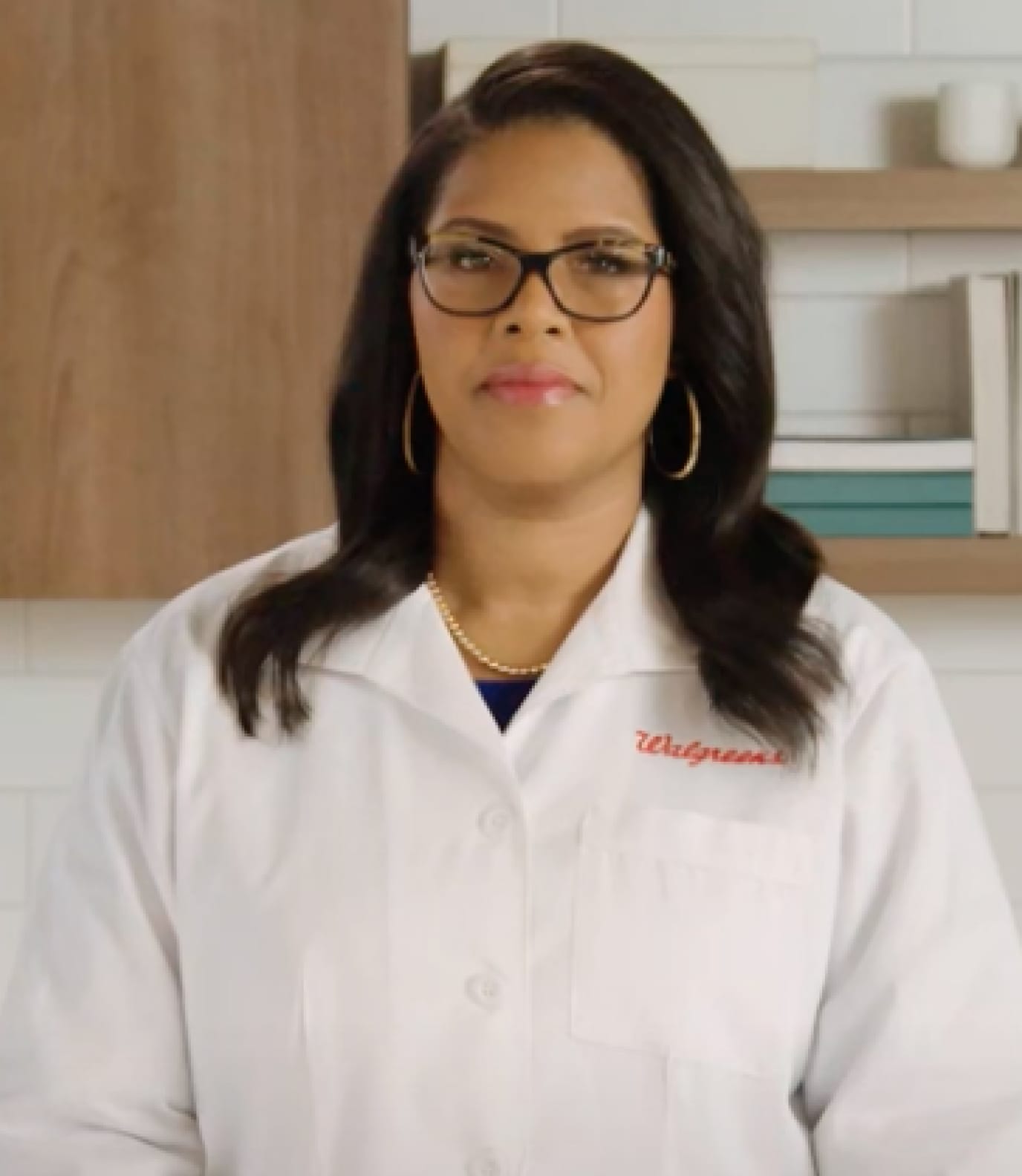Health
CGM and your diet
By Walgreens Jul 26, 2022 • 7 min
Want to understand how your diet affects your blood sugar? A CGM can help
If you’ve been diagnosed with diabetes, you’re not alone. Over 10% of the United States population—more than 37 million people—have diabetes. Although being diagnosed with a chronic condition like diabetes can be scary, there is good news: There are ways to manage the disease effectively and live a healthy life.
Diabetes and your blood sugar levels
Diabetes disrupts the way your body changes food into energy that your cells can use. The body breaks down food into glucose (sugar), some of which is stored and some of which travels through the bloodstream for immediate use. In response to rising glucose levels in the blood, the pancreas releases insulin, a hormone that “unlocks” the body’s cells so the glucose can fuel those cells. Normally, the body releases just enough insulin to do this job. But when you have diabetes, one of two things happens. Either your body doesn’t make enough insulin, or your body can’t efficiently use the insulin your pancreas makes. That means too much glucose stays in your blood, causing damage throughout your body over time.
Living well with diabetes means keeping a close eye on your blood sugar levels each day, and more importantly, keeping them in a healthy range. To do that, you’ll need to pay attention both to what you eat and how your blood sugar levels change throughout the day. Whether you have type 1 or type 2 diabetes, a continuous glucose monitoring (CGM) system can make it easier to understand how your diet affects your blood sugar—and that knowledge can help you keep it within your target range.
Because it enables you to see your blood sugar levels in real time, a CGM can be a powerful tool for optimizing your diet. A study into how CGMs affect behavior changes among people with diabetes found that 87% of CGM users surveyed reported that they modified their food choices based on the real-time data from their CGMs.
About CGMs
A CGM is a wearable glucose monitoring device that helps you track your blood sugar levels throughout the day with fewer fingerstick tests. While a traditional glucose meter only gives you a blood sugar reading when you do a fingerstick test, a CGM automatically measures your blood sugar levels every few minutes.
A CGM works using a tiny, wireless sensor that you insert under the skin of your abdomen or the back of your upper arm. The sensor automatically measures the blood sugar levels found in the fluid between your cells (called your interstitial glucose level) every few minutes, and a wireless transmitter sends the information to another device, such as a monitor, a smartphone or watch, or an insulin pump.
A CGM can help you optimize your blood sugar levels in several ways:
- It gives you hundreds of readings each day, so you can identify how different foods affect your blood sugar in real time.
- You can use your CGM to track your blood sugar’s trends over time and to alert you when your levels are too high or too low. This can be especially helpful for people who are newly diagnosed with diabetes or who are having trouble keeping their levels within their target range.
- You can download CGM data to a computer and share information about your blood sugar trends and history with your healthcare provider.
For more information on how CGM systems work, check out this video.
How a CGM can help you optimize your diet for blood sugar control
Your diet is an important factor in determining your blood sugar levels. But although there are guidelines, there is no single recommended diet for people living with diabetes. That’s because everyone’s glycemic response to foods is different, and one person’s body may not respond to certain foods the way another person’s does. In other words, what works for someone else may not work for you. For this reason, it’s crucial to understand how your unique body—and your blood sugar—responds to the foods you eat.
To set yourself up for good long-term control of your blood sugar levels, you’ll want to find your optimal diet. The goal is to minimize spikes in your levels, reduce fluctuations throughout the day, and to continuously keep your blood sugar levels within a healthy range.
The immediate feedback a CGM provides can be a powerful tool for helping you discover how foods affect your blood sugar. For individuals with diabetes, it’s important to know how high your blood sugar levels spike after eating and for how long they stay elevated. By seeing the connection between your food and your levels, you can make choices in your diet to optimize your health. For instance, you may discover your blood sugar levels stay high long after eating that pizza for lunch. Over time, you may be able to better predict how certain foods will affect you, and that gives you the power to make the best choices for your long-term health and well-being.
See which CGMs we offer at Walgreens.com/CGM or ask your local Walgreens pharmacist. Visit Walgreens Find Care® online
*Each third-party organization displayed on Walgreens Find Care® is an independent company that has contracted with Walgreens to be listed on these webpages and to display information to consumers about its services. This display should not be viewed as a recommendation, endorsement or guarantee by Walgreens of the organization or its services. The services are provided by the respective organizations, not Walgreens, in accordance with the organization’s terms and conditions and privacy policies. None of the organizations displayed, or their respective healthcare providers or staff, are affiliated with or employees or agents of Walgreens or any Walgreens subsidiary or affiliate. Walgreens is not responsible for, and disclaims all liability for, the services provided by the listed organizations on Walgreens Find Care®.
Sources:
- https://www.mayoclinic.org/diseases-conditions/diabetes/symptoms-causes/syc-20371444
- https://www.cdc.gov/diabetes/basics/diabetes.html
- https://www.ncbi.nlm.nih.gov/pmc/articles/PMC7164990/
- https://www.niddk.nih.gov/health-information/diabetes/overview/managing-diabetes/continuous-glucose-monitoring
- https://www.diabetes.org/healthy-living/recipes-nutrition/food-and-blood-sugar



